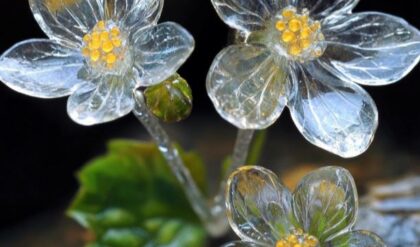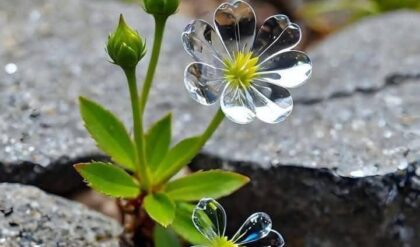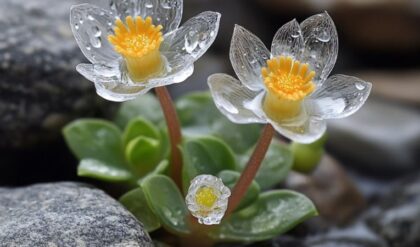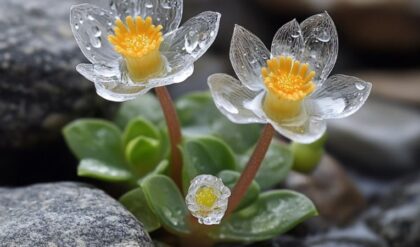The Dragon Tree Flower, scientifically known as Dracaena cinnabari, captivates both botanists and enthusiasts alike with its unique allure and vitality. This extraordinary plant, native to the Socotra archipelago, is characterized by its spiky leaves and striking floral formations, which often ignite a sense of wonder akin to gazing upon a mythical creature emerging from an ancient tale. The Dragon Tree’s sap, red in hue, resembles dragon’s blood—an elixir celebrated in lore for its mystical properties and medicinal uses, transcending mere horticulture into realms of cultural significance. Its adaptability to arid landscapes and resilience against harsh climates afford it a symbolic status: a tenacious spirit thriving in adversity. In essence, cultivating this remarkable plant is not just about nurturing a specimen; it’s about engaging with a narrative woven through history, ecology, and human connection.
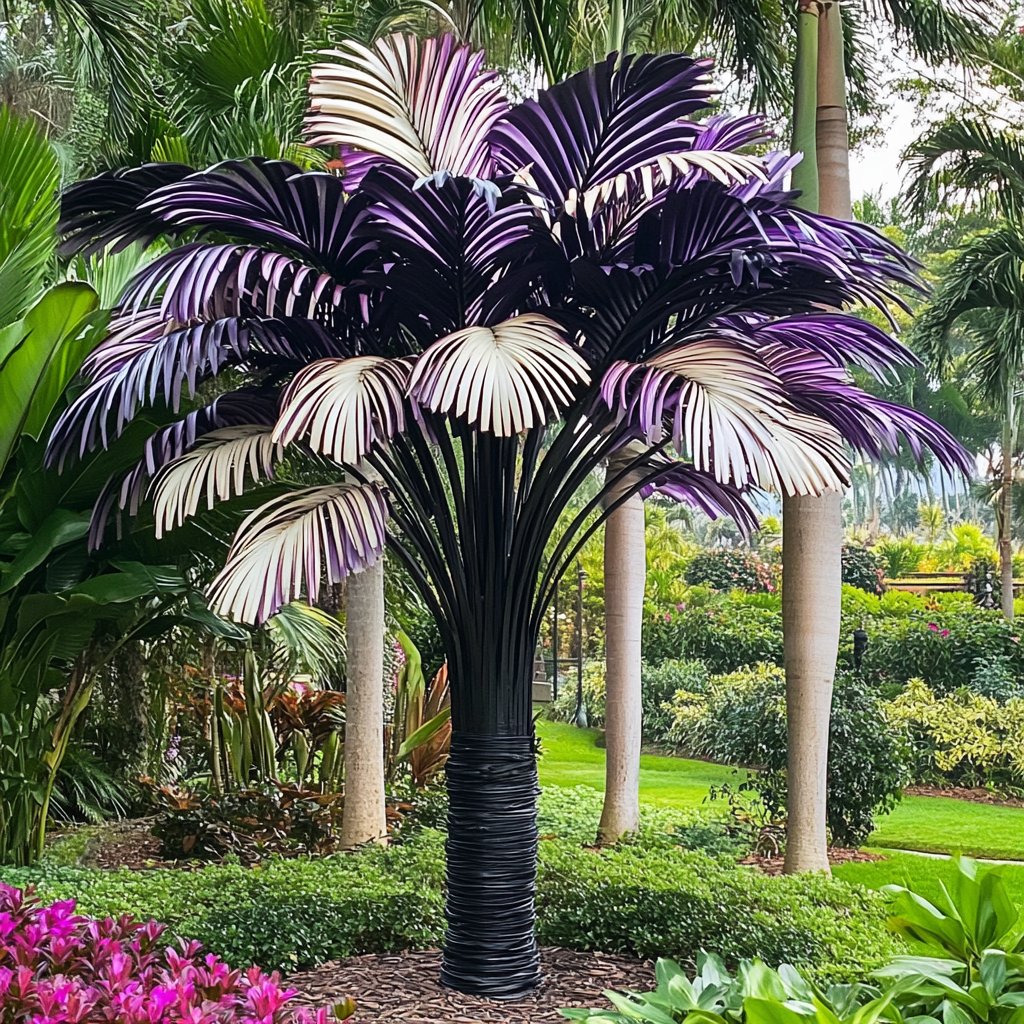
Morphology and Habitats
The Dragon Tree showcases a complex structure, where its long, sword-like leaves cascade elegantly from a thick trunk, resembling the silhouette of an otherworldly guardian amidst rocky terrains. This plant flourishes specifically in semi-arid zones, showcasing its evolutionary prowess in adapting to extreme conditions. Understanding its ecological context highlights the importance of biodiversity, as this extraordinary species plays a crucial role in sustaining local ecosystems by providing shelter and food sources for various organisms.
Leaf Structure and Adaptations
The Dragon Tree’s leaves are its most distinctive feature, with their long, slender, and sword-like appearance. These leaves are the plant’s primary means of photosynthesis, but they also serve as a defense mechanism against the harsh environmental conditions of the Socotra archipelago.
- The leaves’ unique shape and texture help to minimize water loss, allowing the plant to thrive in arid climates. The leaves’ waxy cuticle and sunken stomata help to reduce transpiration, while their narrow profile helps to minimize exposure to the sun’s intense rays.
- The leaves are also adapted to withstand strong winds and sandstorms, with their flexible yet sturdy structure allowing them to bend and sway without breaking. This resilience is a testament to the Dragon Tree’s evolutionary adaptations to its challenging environment.
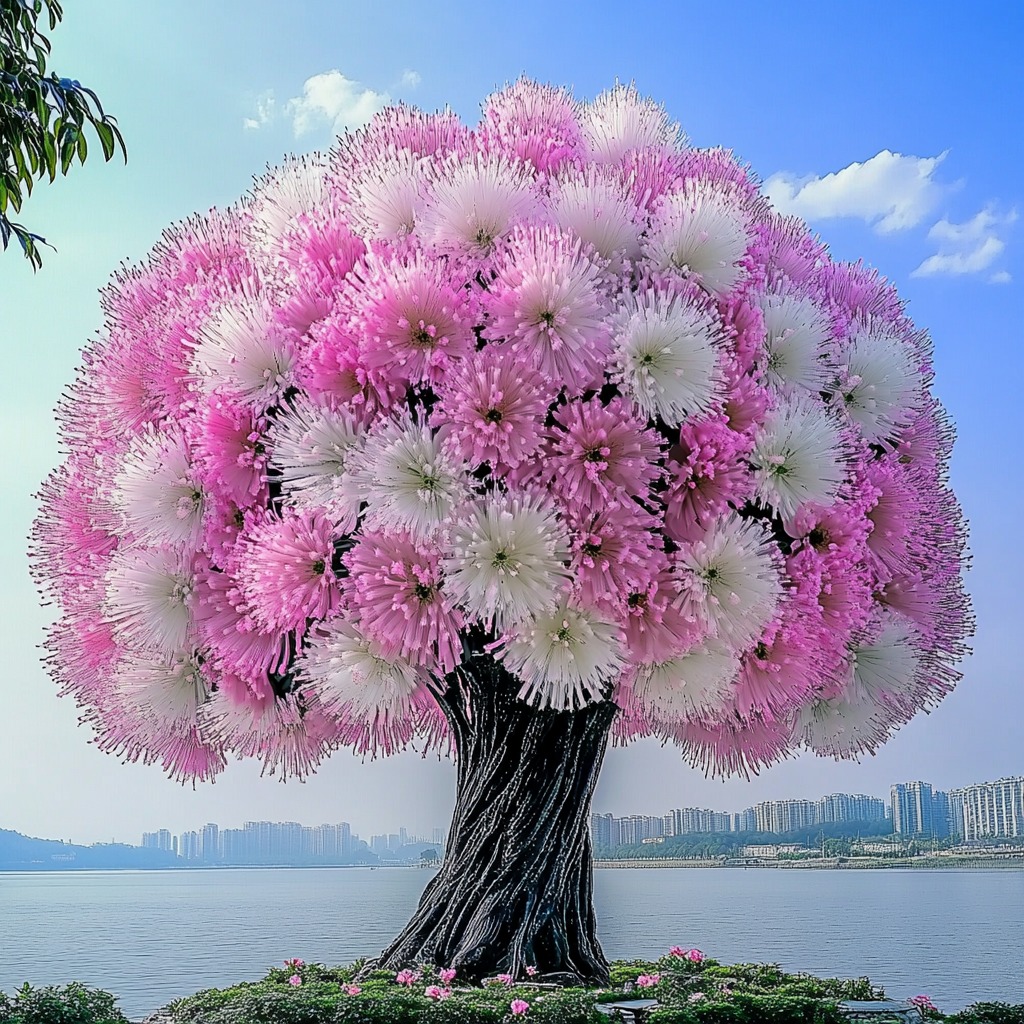
Trunk and Branching Patterns
The Dragon Tree’s trunk is another distinctive feature, with its thick, gnarled appearance lending it an air of ancient wisdom and mystery. The trunk is the plant’s primary support structure, and it also plays a crucial role in storing water and nutrients.
- As the Dragon Tree matures, its trunk can become quite massive, with a diameter of up to 1 meter. This is an adaptation that allows the plant to store water and other resources during periods of drought, ensuring its survival in the arid climate.
- The branching pattern of the Dragon Tree is also unique, with the plant often developing multiple trunks or branches that can reach impressive heights of up to 15 meters. This branching pattern is an adaptation that allows the plant to capture as much sunlight as possible, maximizing its photosynthetic capacity.
Habitat and Ecological Significance
The Dragon Tree is native to the Socotra archipelago, a remote island chain located off the coast of Yemen. This region is characterized by a semi-arid climate, with hot, dry summers and mild, relatively humid winters.
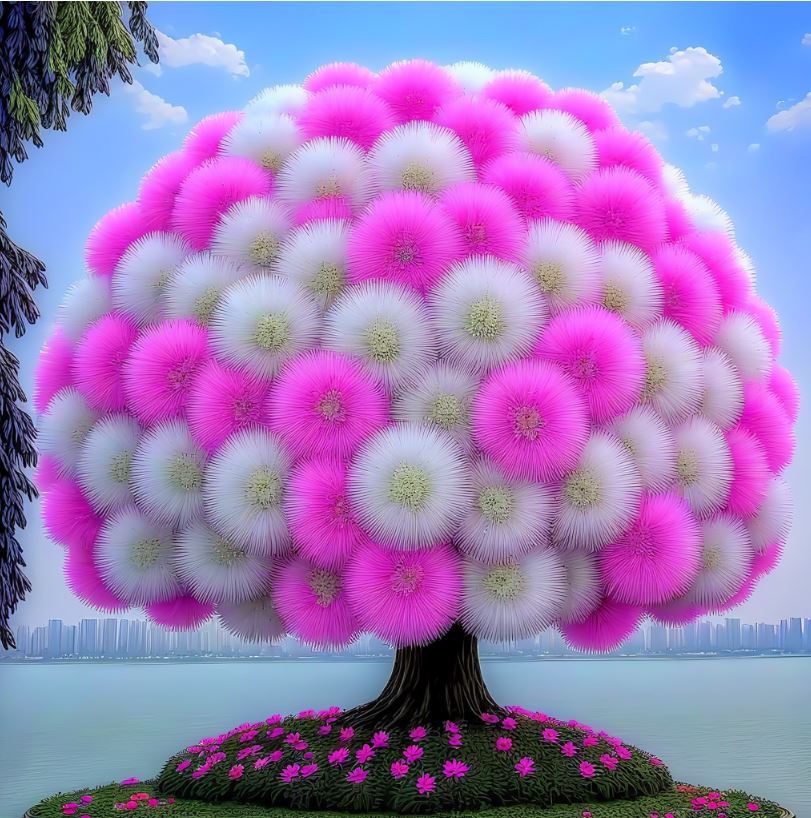
- The Dragon Tree thrives in the rocky, well-drained soils of Socotra, where it can often be found growing on steep slopes and cliffs. Its ability to adapt to these challenging conditions is a testament to its evolutionary resilience.
- Beyond its own survival, the Dragon Tree plays a crucial role in the local ecosystem, providing food and shelter for a variety of organisms. Its leaves and flowers serve as a food source for various species of insects and birds, while its thick trunk and branches offer nesting sites and refuge for numerous creatures.
- The preservation of the Dragon Tree and its habitat is of paramount importance, as this unique plant is considered a keystone species in the Socotra archipelago. Efforts to conserve this remarkable plant and its fragile ecosystem are ongoing, highlighting the need for sustainable land management and environmental stewardship.
Cultivation Tips: Fostering Your Own Enchantment
To successfully grow the enchanting Dragon Tree Flower, one must consider both environmental needs and care methodologies. While the plant thrives under full sun to partial shade, the watering regime requires a careful balance—ensuring you only water when the top inch of soil dries out is essential to prevent rot and support healthy growth. This aspect of cultivation can act as a metaphor for moderation in life; just as over-watering can drown the roots of a Dragon Tree, excessiveness in our own lives can lead to stagnation. Furthermore, Dracaena cinnabari typically favors well-draining soil enriched with organic material. This underscores the necessity of nourishing one’s foundations—be it in gardening, personal development, or community dynamics—in order to cultivate resilience and growth sustainably.
Soil and Substrate Requirements
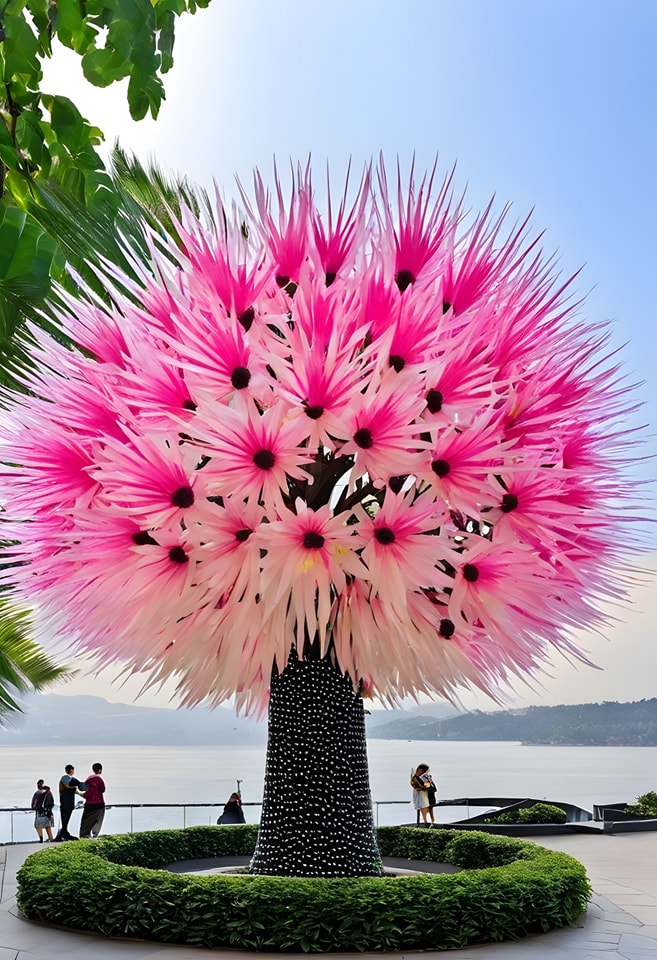
The Dragon Tree Flower thrives in well-draining, nutrient-rich soil that is slightly acidic to neutral in pH. A potting mix specifically formulated for succulents or cactus plants can provide the ideal foundation for this plant’s growth.
- Ensuring adequate drainage is crucial, as the Dragon Tree is susceptible to root rot if the soil remains too moist for extended periods. Incorporating materials like perlite, pumice, or coarse sand can help improve soil aeration and drainage.
- Organic matter, such as compost or aged bark, can also be added to the soil to provide essential nutrients and enhance water-holding capacity. This balance of drainage and nutrient-rich soil allows the Dragon Tree to flourish while avoiding the pitfalls of over- or under-watering.
Watering and Humidity Needs
As a drought-adapted species, the Dragon Tree Flower has specific watering requirements that must be met to ensure its health and longevity.
- During the growing season, water the plant when the top inch of soil has dried out. Avoid allowing the soil to become completely dry, as this can stress the plant and lead to wilting or other issues.
- In the winter months or during periods of dormancy, reduce watering frequency to prevent the soil from becoming waterlogged. Allow the soil to dry out more extensively between waterings during this time.
- Misting the leaves periodically can help increase humidity around the plant, which is particularly beneficial in dry indoor environments. However, be cautious not to overdo it, as excessive moisture can lead to fungal problems.
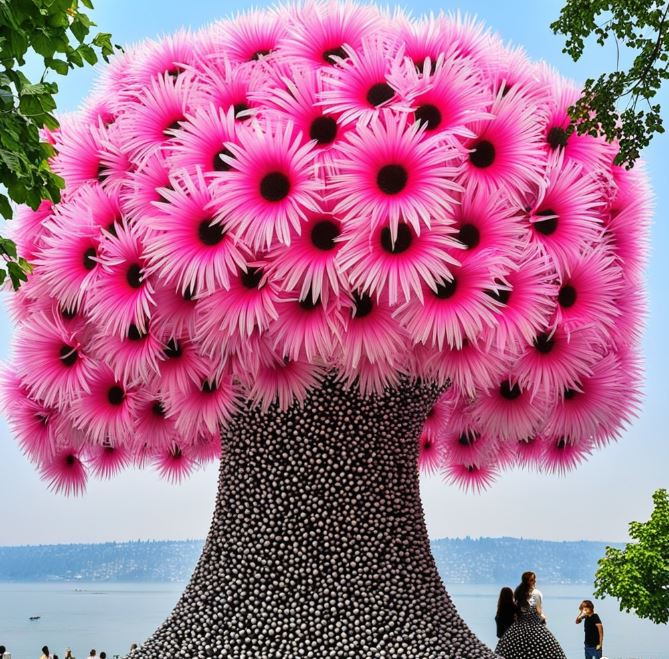
Sunlight and Temperature Considerations
The Dragon Tree Flower thrives in full sun to partial shade, depending on the specific climate and growing conditions.
- In regions with intense, direct sunlight, providing some afternoon shade can help prevent leaf scorch and maintain the plant’s vibrant coloration.
- In cooler climates or during the winter months, moving the plant to a brighter location can help it receive the necessary light exposure to maintain healthy growth.
- Regarding temperature, the Dragon Tree Flower prefers warm, arid conditions, with ideal temperatures ranging from 65°F to 85°F (18°C to 29°C). Avoid exposing the plant to prolonged periods of cold or frost, as this can damage the leaves and stunt its development.
Propagation and Pruning Techniques
Propagating the Dragon Tree Flower can be accomplished through various methods, allowing gardeners to expand their collection or share this enchanting plant with others.
- Stem cuttings: Take cuttings from the plant’s healthy stems, ensuring each cutting has at least a few leaves. Allow the cut ends to callus over before planting in well-draining soil.
- Offsets: Some Dragon Tree Flowers may produce small offsets or “pups” at the base of the plant. These can be carefully removed and potted separately to create new individuals.
- Seed propagation: While less common, it is possible to grow new Dragon Tree Flowers from seed, though the process can be slower and more challenging.
Regarding pruning, the Dragon Tree Flower typically requires minimal maintenance. Occasional trimming of dead or damaged leaves can help maintain the plant’s aesthetic appeal and encourage healthy new growth.
Cultural Significance and Uses Beyond the Botanical Realm
Delving deeper into the Dragon Tree’s cultural relevance unveils a tapestry of traditional practices. Historically, the resin derived from the tree has been used in incense, dyes, and even pharmaceutical remedies, celebrating the intersection between nature’s gifts and human creativity. In many cultures, trees such as the Dragon Tree symbolize wisdom and longevity, echoing philosophies that revere natural life cycles and interconnectedness among diverse species.
Medicinal and Aromatic Uses
The sap or “dragon’s blood” produced by the Dragon Tree Flower has long been prized for its medicinal and aromatic properties, with a history of use that spans centuries and cultures.
- In traditional medicine, the resin has been used to treat a variety of ailments, including skin infections, digestive issues, and even certain respiratory conditions. Its purported anti-inflammatory and antimicrobial properties have made it a sought-after ingredient in natural remedies.
- Beyond its medicinal applications, the Dragon Tree’s resin has also been used in the production of incense, dyes, and varnishes, capitalizing on its distinctive aroma and vibrant coloration. This multifaceted utility demonstrates the plant’s deep integration into various cultural and artistic traditions.
Symbolic Significance and Philosophical Associations
The Dragon Tree Flower’s symbolic status extends far beyond its botanical attributes, with the plant often representing themes of resilience, wisdom, and longevity in numerous cultures.
- In many Eastern and indigenous traditions, trees are revered as living embodiments of the natural world’s enduring spirit. The Dragon Tree’s ability to thrive in harsh, arid environments has earned it a reputation as a symbol of tenacity and the triumph of life over adversity.
- Furthermore, the plant’s impressive longevity, with some individuals estimated to be hundreds of years old, has led to its association with wisdom and the passing of knowledge through generations. This philosophical perspective encourages us to consider the broader implications of our relationship with the natural world and the importance of preserving its diverse wonders.
- By acknowledging the Dragon Tree’s multifaceted cultural significance, we can deepen our appreciation for this remarkable plant and its role in shaping both the tangible and intangible aspects of human experience.
Implications for Conservation Efforts: Safeguarding a Treasure
As urbanization increasingly encroaches upon natural habitats, the preservation of unique species like the Dragon Tree becomes a pressing concern. By understanding and celebrating the multifaceted benefits brought forth by plants like Dracaena cinnabari, we amplify the urgency for environmental stewardship. Through thoughtful conservation efforts, coupled with educational outreach emphasizing the intrinsic value of botanical diversity, society can foster an awareness that resonates through generations, ensuring that these enchanted beings endure in our collective consciousness.
Threats to the Dragon Tree’s Survival
The Dragon Tree Flower, native to the Socotra archipelago, faces a range of threats that jeopardize its long-term survival. These include:
- Habitat loss and fragmentation: The encroachment of human activities, such as development, agriculture, and overgrazing, has led to the destruction and degradation of the Dragon Tree’s natural habitats.
- Climate change: The increasing frequency and intensity of droughts, as well as other extreme weather events, can strain the Dragon Tree’s ability to adapt and thrive in its already challenging environment.
- Invasive species: The introduction of non-native plant and animal species can disrupt the delicate balance of the Dragon Tree’s ecosystem, competing for resources and potentially outcompeting the native flora and fauna.
- Unsustainable harvesting: The high demand for the Dragon Tree’s resin and other resources has led to overharvesting, which can compromise the plant’s regenerative capacity.
Conservation Efforts and Initiatives
Recognizing the urgent need to protect the Dragon Tree Flower, various conservation efforts and initiatives have been established to safeguard this remarkable plant and its fragile ecosystem.
- Protected area designation: The Socotra archipelago, home to the Dragon Tree, has been designated as a UNESCO World Heritage Site, highlighting the global significance of its biodiversity and the need for comprehensive conservation measures.
- Reforestation and habitat restoration: Ongoing projects aim to replant Dragon Tree saplings and restore degraded habitats, ensuring the long-term viability of the species and its associated ecosystems.
- Sustainable resource management: Efforts to regulate the harvesting of the Dragon Tree’s resin and other resources, as well as the promotion of sustainable farming and forestry practices, can help mitigate the risks of overexploitation.
- Community engagement and education: Engaging local communities in the protection and stewardship of the Dragon Tree, along with educational initiatives that highlight its cultural and ecological significance, can foster a sense of ownership and responsibility for the plant’s preservation.
By embracing the rich narratives surrounding the Dragon Tree Flower, we not only enhance our gardening endeavors but also enrich our interaction with the world—a gentle reminder of the profound beauty residing within our fragile ecosystems. Through collective action and a deep appreciation for the interconnectedness of all life, we can ensure that this enchanting botanical wonder continues to thrive, captivating future generations and inspiring us to cultivate a more harmonious relationship with the natural world.
Conclusion
The Dragon Tree Flower, Dracaena cinnabari, is a captivating and enigmatic plant that has captured the imaginations of botanists, gardeners, and cultural enthusiasts alike. Its unique morphological adaptations, resilience in the face of harsh environmental conditions, and deep-rooted cultural significance all contribute to its enchanting allure. By understanding the nuances of the Dragon Tree’s cultivation, we can not only foster the growth of this remarkable specimen but also learn valuable lessons about moderation, nourishment, and the interconnectedness of all living things.
As we face the challenges of habitat loss, climate change, and the increasing fragmentation of natural ecosystems, the preservation of the Dragon Tree Flower becomes a pressing concern. Through collaborative conservation efforts, educational outreach, and a reverence for the inherent value of botanical diversity, we can ensure that this enchanted being continues to thrive, inspiring generations to come and reminding us of the profound beauty that resides within our fragile, yet resilient, natural world.
